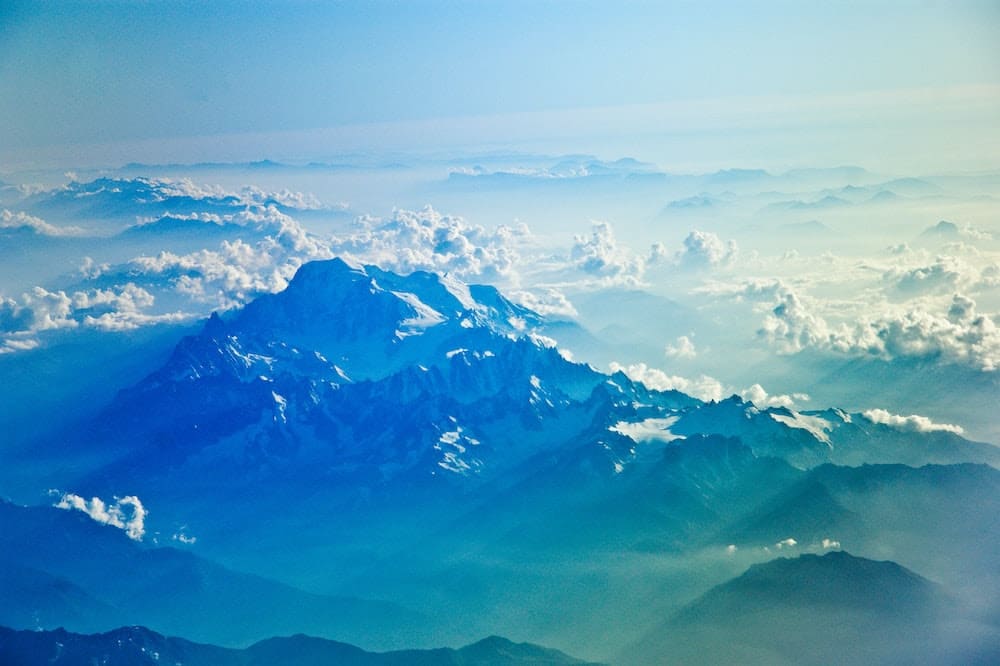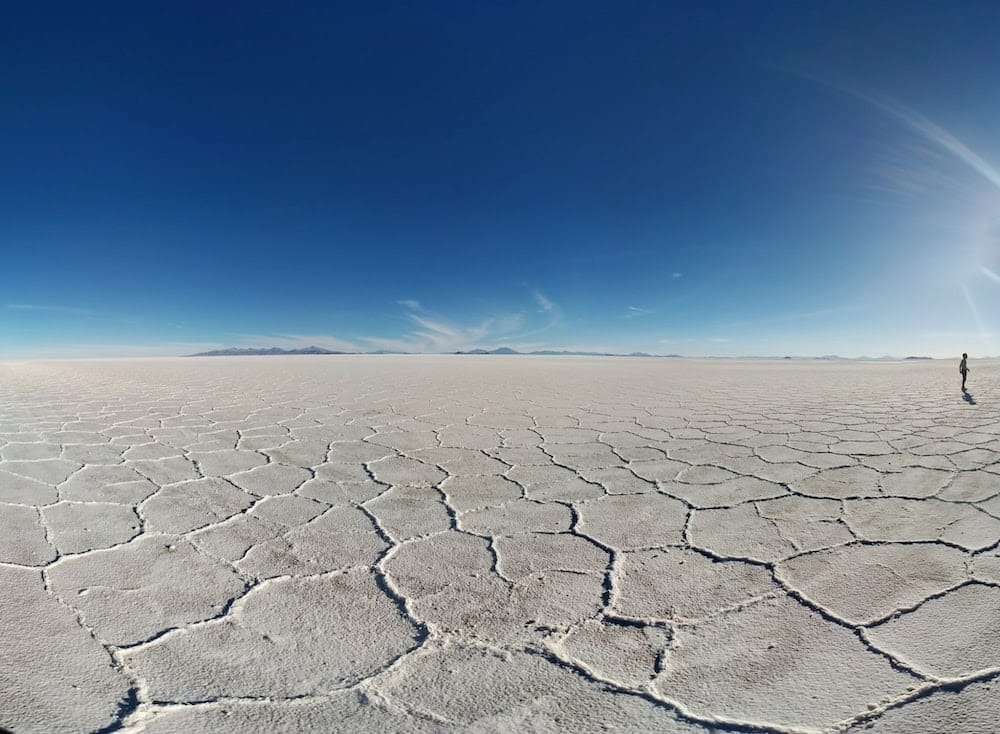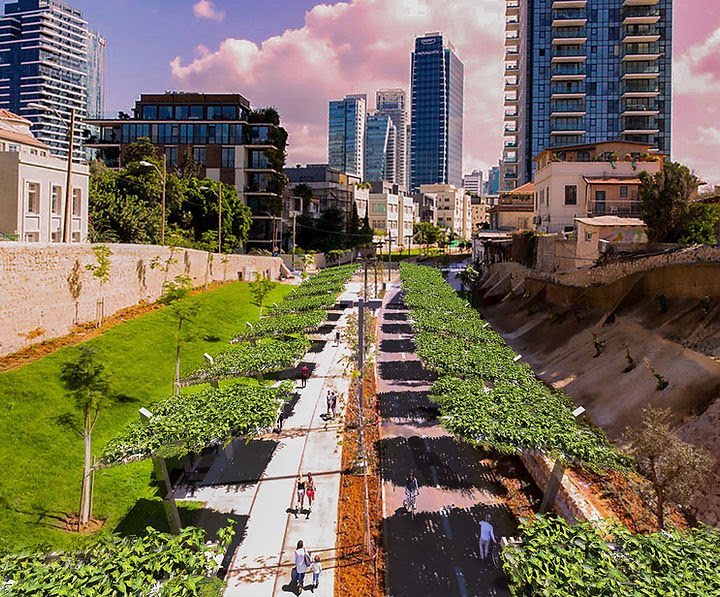
It’s a date to remember, and its theme is “The Montreal Protocol: preserving the ozone layer and mitigating climate change”.
This layer, located some 25 kilometers above the Earth, acts as a shield against the sun’s rays, preventing overexposure to UV rays that are harmful to live beings. Among other things, it protects us from skin cancer and cataracts.
Damage caused by pollution The ozone layer has been severely damaged by industrial activity, notably the emission of gases such as chlorofluorocarbons (CFCs) used in the refrigeration industry. “There had been warnings of malfunctions in the ozone layer as early as the 1980s,” Sophie Godin-Beekman, Director of Research at the CNRS and President of the International Ozone Commission (IOC), tells La Croix.
A scientific study published by the UN last January affirmed that the ozone layer is shrinking and should fully recover within 40 years. “We are completely on a positive dynamic,” assures the specialist. “The hole in the ozone layer could return to its 1980s caliber by 2060-2070,” assures the IOC in its press release. According to the Organization, “99% of ozone-depleting products have been phased out”.
The UN organization has published an assessment report and confirms this progress, which is due to the Kigali Amendment concluded in 2016 and added to the Montreal Protocol. “The impact of the Montreal Protocol on climate change mitigation cannot be overstated. Over the past 35 years, the Protocol has become a veritable spearhead in the defense of the environment”, declared Meg Seki, Executive Secretary of the Ozone Secretariat of the United Nations Environment Program.




